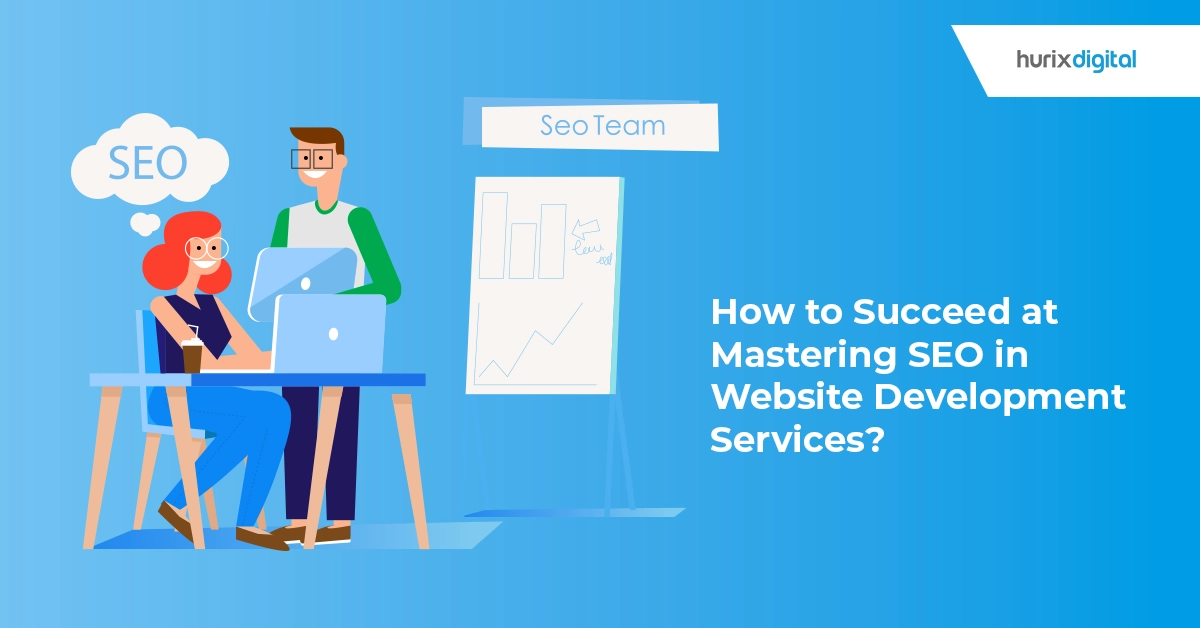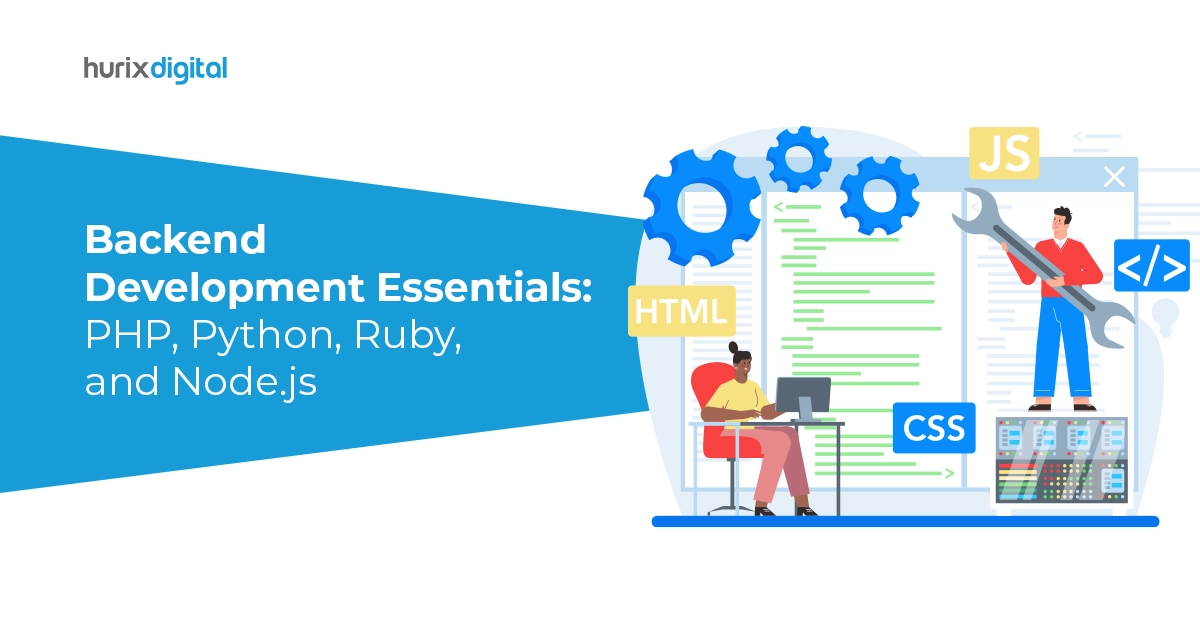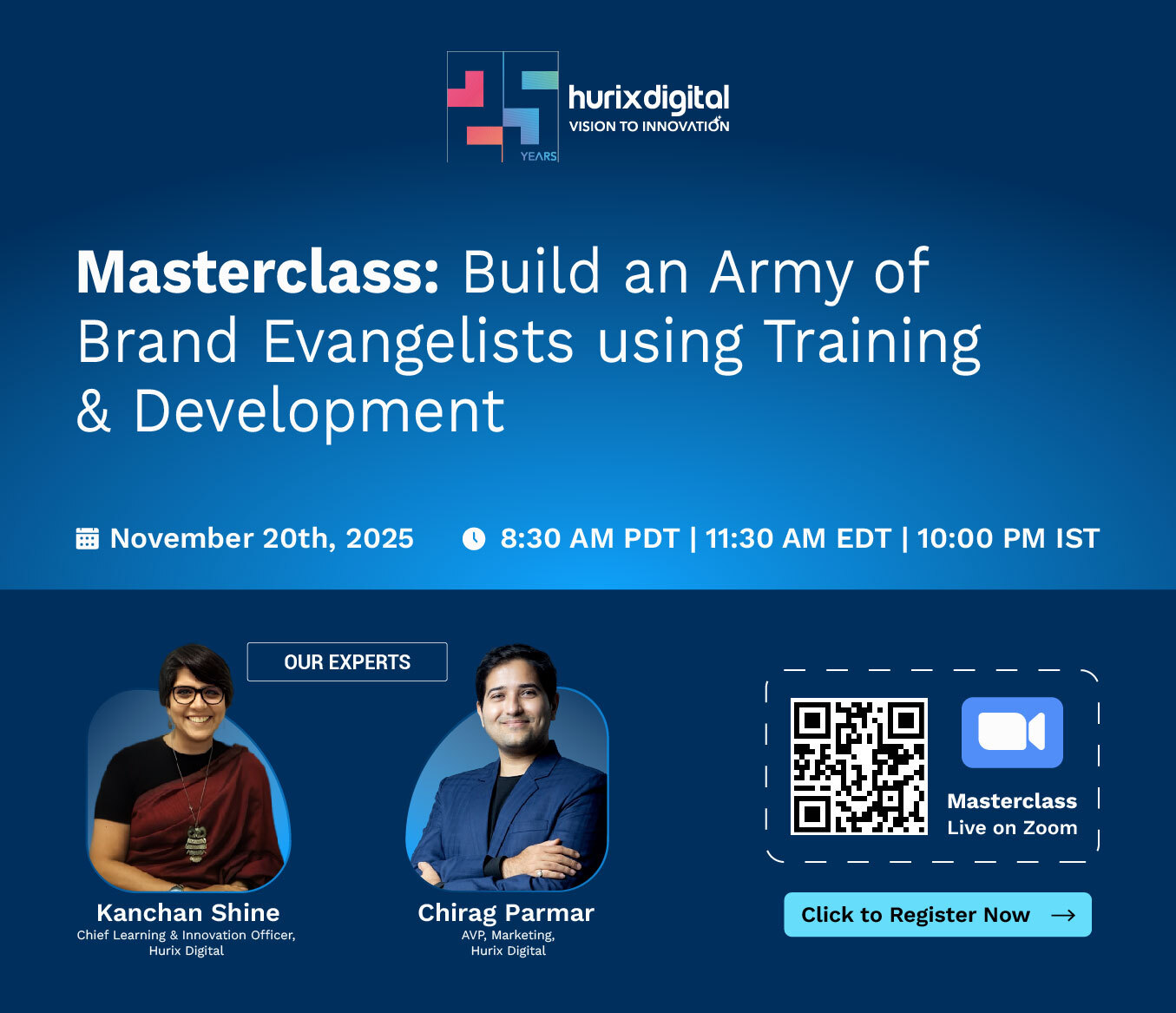
How to Succeed at Mastering SEO in Website Development Services?
Summarize with:
Research indicates that 5.44 billion people, or 67 percent of the global population, have access to the Internet daily. Information, communication, and technology have realized themselves as society’s most paramount assets, particularly in embracing the businesses and companies of the contemporary world.
The point isn’t whether you are capable of having a website or not; it is about your ability to ensure that your website will draw the attention of individuals who are looking for the products and services that your company offers.
This is important, especially for firms that undertake website marketing, as it ensures that the website is checked by search engines to make it more visible.
By optimizing your site through website development software, you can ensure it appears prominently when potential customers look for products or services like yours. This helps drive traffic, enhance brand recognition, and ultimately convert visitors into customers.
Table of Contents:
- Keyword Research: The Foundation of SEO Success
- On-Page Optimization: Tailoring Your Website for Search Engines
- Content is King: Creating SEO-Friendly Content That Engages
- Link Building: Creating Website Authority
- Technical SEO Services: Search Engine Friendliness
- Measuring and Refining: Tracking Your SEO Performance
- Final Words
Keyword Research: The Foundation of SEO Success
To achieve success in SEO, it’s crucial to grasp the language that resonates with your desired audience. Conducting keyword research entails pinpointing terms that are both popular in searches and not overly competitive.
These chosen keywords will serve as the foundation for your website’s content and website optimization plans.
Here is a breakdown of methods:
Technique |
Description |
Benefit |
| Utilize keyword research tools | Leverage tools like Google Keyword Planner or SEMrush to discover high-performing keywords. | Identify keywords with high search volume and low competition. |
| Target a mix of broad and long-tail keywords | Utilize keyword research tools to identify long-tail keywords with decent search volume and lower competition. | Capture a wider audience with broad keywords while attracting targeted traffic with long-tail keywords. |
| Analyze your competitor’s keyword strategy | Analyze the keywords your competitors are ranking for. | Identify potential gaps and opportunities to target keywords your competitors might be missing. |
Also Read: The Importance of Accessibility Solutions in a Marketing Campaign
On-Page Optimization: Tailoring Your Website for Search Engines
Optimizing your website involves including keywords and technical components in your content and layout. This information is communicated to search engines, which aids them in determining their ranking for search terms.
Considering that 93% of online experiences commence with a search engine, it is crucial to optimize your site using web development services.
Here are some steps to enhance optimization:
1. Craft Compelling Title Tags and Meta Descriptions
These snippets are displayed in search results and play a crucial role in click-through rates. Include your target keywords naturally within these elements.
Search engines typically display around 60 characters for title tags and 160 characters for meta descriptions. Highlight the value you offer by solving their problems or addressing their needs.
2. Optimize Header Tags
Structure your website content using clear and keyword-rich headers (H1, H2, H3) to enhance readability and search engine understanding.
Including relevant keywords within your headers can signal topic relevance to search engines and potentially improve your ranking for those keywords. Use H1 for the main title, H2 for subheadings that section the content, and H3 for sub-subheadings that provide further detail.
3. Image Optimization
High-quality, visually appealing images can grab attention and keep readers engaged with your content.
Include relevant keywords in image alt tags and optimize image sizes for faster loading times. Include descriptive alt text for each image and add target keywords naturally within the alt text descriptions. Resize large images to reduce file size without compromising quality.
Content is King: Creating SEO-Friendly Content That Engages
Creating content is essential for engaging your audience, not just focusing on technical SEO. When you provide captivating content that naturally includes your terms, you position yourself as an expert in your field, drawing in visitors and encouraging repeat visits.
Ensuring that your content offers information required by people as well as addresses their interests, along with your keyword presence, is important.
Here are some tips on how to achieve this:
1. Focus on Creating Valuable Content
Be willing to offer your viewers answers to their questions, problem solvers, and informational experts in a certain field.
It is crucial to perform keyword research as it will help you understand your audience, their specific search terms, and key concerns. Articles and blogs to the audience: combine them with other content types, such as infographics, videos, or case studies.
2. Maintain Content Freshness
There are recommendations to change the content of the website frequently so visitors will see that activity continues and search engines will, too.
Quickly review previous posts and add more recent data or fresh trends to the same post to ensure that such a post holds useful value even after some time. In this way of poor content, it is good to find out which among them is bad and can be revamped or reused in a new form.
3. Optimize Content-Length
Although long-form content is crucial to offer, make sure to incorporate short and long-form content formats to meet different expectations.
Organize your ideas using subheadings, bullet points, and number points to segment large segments into comprehensible parts. Make sure the text and design of your content translate well to mobile and the broader majority of audiences access content on their smartphones and tablets.
Link Building: Creating Website Credibility
Links can be deemed to be the confidence votes for the online society for web usability.
Getting other websites to link back to your site with highly relevant and quality content helps search engines understand its value. Web authority plays a vital role in increasing a site’s recognition, and the backlink is an essential component for achieving it.
While search engines use link popularity as a way of ranking websites, they also look at the number of qualifying links to your website as an indication of its credibility:
- Guest posting: To obtain useful backlinks, submit excellent guest articles to websites that are pertinent to your industry.
- Directory Submissions: Submit your website to reputable online directories to increase discoverability and acquire backlinks.
- Social Media Promotion: Post links to your material on various social media networks to draw readers and possibly obtain reciprocal links from other websites.
Technical SEO Services: Search Engine Friendliness
Technical SEO focuses on the behind-the-scenes elements that help streamline website and app development for both search engines and users.
This includes aspects like mobile friendliness, fast loading times, and a clean website structure—all contributing to a positive user experience.
Here’s how you can enhance the user experience for search engines through website design and development services:
- Mobile-Friendliness: In today’s mobile-first world, your design must be responsive and display flawlessly across all devices.
- Website Speed Optimization: Fast loading times are crucial for the user experience and SEO performance. Optimize images and code and leverage caching mechanisms to improve website speed.
- Monitor Keyword Rankings: Track your website’s ranking for your target keywords over time. Many tools help you monitor keyword positions and identify areas for improvement.
Measuring and Refining: Tracking Your SEO Performance
SEO is an ongoing journey, not a one-time destination. Just like any successful marketing strategy, SEO requires consistent monitoring and adaptation by a web development company.
Here’s how to measure and refine your SEO performance for continuous improvement:
1. Utilize Website Analytics Tools
Leverage powerful website analytics tools like Google Analytics to gain invaluable insights into your website’s performance. Track which blog posts are generating the most traffic, shares, and conversions. Monitor your website’s ranking for your target keywords over time.
2. Track Website Visits
Monitor the volume to understand how many visitors you’re attracting. Identify trends and analyze which traffic sources (organic search, social media, referrals) work the best for attracting leads.
3. Analyze User Behavior
Understand how visitors interact with your website. Pay attention to parameters such as average session duration and page views per session. This data can reveal areas where your website might be confusing or not engaging visitors as effectively as possible.
4. Embrace A/B Testing
A/B testing allows you to compare different versions of website elements (like headlines, calls to action, or page layouts) and see which ones perform better. This data-driven approach can help you optimize your website for conversions.
Also Read: The Impact of Quality Proofreading Services on Your Content Marketing Strategy
Final Words
When complemented with the SEO strategies demonstrated above, these factors improve the aesthetic appeal of your website while also seeking to create a site that ranks well, gets organic traffic, and converts visitors into leads while growing your business.
SEO is cyclical and assists in routinely assessing your site’s SEO status by monitoring its progress through various SEO measures and indicators. Hence, you can identify areas for improvement and refine your SEO strategy over time with the support and expertise of our well-equipped team at Hurix Digital.
Contact us today to learn more!
Summarize with:

Vice President & SBU Head –
Delivery at Hurix Technology, based in Mumbai. With extensive experience leading delivery and technology teams, he excels at scaling operations, optimizing workflows, and ensuring top-tier service quality. Ravi drives cross-functional collaboration to deliver robust digital learning solutions and client satisfaction
 Upcoming Masterclass | Build an Army of Brand Evangelists using Training & Development | November 20th, 8:30 AM PDT | 11:30 AM EDT | 10:00 PM IST
Upcoming Masterclass | Build an Army of Brand Evangelists using Training & Development | November 20th, 8:30 AM PDT | 11:30 AM EDT | 10:00 PM IST





